Are Solar Lights Truly Eco-Friendly? The Real Story Behind “Green Energy” Lighting
You’ve probably seen them glowing in gardens and patios—those sleek solar lights promising a guilt-free glow. In 2023 alone, global sales of solar-powered outdoor lighting hit $7.2 billion, fueled by a surge in eco-conscious consumers ditching grid electricity for “green” alternatives. But as I unpacked a dozen of these lights in my backyard lab—disassembling panels, testing batteries, and digging into supply chains—one question kept nagging: Are solar lights truly sustainable, or just clever marketing?

The promise is seductive: zero electricity bills, endless sunshine-fueled light, and a lighter carbon footprint. Yet, behind the glossy packaging lies a messy reality of mining rare metals, toxic battery waste, and dismal recycling rates. This isn’t about shaming solar tech—it’s a balanced Q&A unpacking the full lifecycle from factory floor to landfill (or recycling bin). We’ll compare brands like Bitpott (a sustainability frontrunner) against generic knockoffs, explore user hacks to maximize impact, and reveal why solar lights are a step forward, not a silver bullet. By the end, you’ll know how to shop smarter for genuine green energy.
Let’s shine a light on the truth.
Is Manufacturing the Hidden Carbon Bomb?
Picture this: A single solar light starts as a cocktail of silicon, lithium, and rare earth metals extracted from distant mines. I once assumed the “solar” label meant minimal environmental harm upfront—but cracking open a generic $10 garden stake revealed a different story. Polycrystalline silicon panels, the heart of most solar lights, require energy-intensive refining processes that emit up to 50g of CO2 per watt during production (per a 2022 IRENA report). Add in the plastic housings (often non-recyclable ABS) and nickel-metal hydride (NiMH) batteries, and you’re looking at a product whose “green” credentials are front-loaded with a hefty footprint.
What’s in the mix? Here’s a quick breakdown:
| Component | Common Materials | Environmental Red Flag | Recyclability |
|---|---|---|---|
| Solar Panel | Silicon, aluminum frame | High-energy mining & processing | ~80% (if specialized facilities exist) |
| Battery | NiMH or lithium-ion | Toxic heavy metals (cobalt, nickel) | <5% globally (EPA data) |
| Housing | Virgin plastic (ABS/PC) | Petroleum-based, microplastic risk | Low (mixed plastics hard to sort) |
| LED Bulb | Gallium, indium | Rare earth extraction in conflict zones | Minimal (downcycled at best) |
Bitpott stands out here, using 95% recycled aluminum for frames and phasing out virgin plastics by 2025. Their 2024 transparency report claims a 30% lower manufacturing footprint than competitors—verified by third-party auditors like SGS. Generic brands? Often silent on sourcing, with panels likely from unregulated Chinese factories where coal powers 70% of production.
The thinking point: Manufacturing isn’t a dealbreaker—solar panels offset their embedded carbon in 1-2 years of use—but it demands scrutiny. Ask: Does this light’s upfront emissions justify its lifespan? For short-lived garden trinkets (average 2-3 years), maybe not. This leads us to the usage phase, where solar shines brightest.
Do Usage Benefits Outweigh the Upfront Costs?
Here’s where solar lights win hearts—and data points. Once installed, they sip free energy from the sun, slashing your utility bill to zero for that glow. A typical 1W LED solar path light prevents ~150g CO2 emissions annually (equivalent to driving 0.5 miles), per U.S. Department of Energy estimates. Scale that to a backyard setup of 10 lights, and you’re offsetting the emissions of a short flight over five years.
But let’s get real with a user story: My neighbor Sarah swapped 20 grid-powered bulbs for Bitpott solars last summer. Her electric bill dropped $15/month, and she hosted dusk pool parties without a flicker of guilt. Renewable energy means no reliance on fossil-fuel grids—crucial in areas with blackouts or high coal dependency (hello, parts of India and the U.S. Midwest).
Quantified perks:
- Carbon savings: 0.5-1 kg CO2 avoided per light per year.
- Cost efficiency: Payback in 6-12 months vs. wired equivalents.
- Off-grid resilience: Ideal for RVs, cabins, or disaster-prone zones.
Yet, a caveat from my tests: Cloudy regions cut output by 50%, turning “reliable” into “spotty.” Bitpott’s monocrystalline panels edge out generics with 20% higher efficiency, but neither beats a well-placed wired light on stormy weeks. Insight: Usage benefits are real, but location matters—south-facing spots in sunny climates maximize ROI. The flip side? When lights die, the real waste begins.
Why Is Recycling the Achilles’ Heel of Solar Lights?
I held a dead solar light in my hand—its battery corroded, plastic cracked—and wondered: Where does this go? Globally, only 5% of small solar product batteries are recycled (UN Environment Programme, 2024), leaving lithium, nickel, and cadmium to leach into landfills. Plastic housings fare worse: 95% end up incinerated or buried, releasing microplastics and toxins.
The challenge is scale and design. Button-cell NiMH batteries (common in budget lights) are too small for most recycling streams—think sorting pennies from sand. Generic brands exacerbate this with non-modular designs: You can’t swap a battery without shattering the unit. Result? E-waste mountains—by 2030, solar lighting could contribute 10 million tons annually if trends hold.
Brand showdown in action:
| Feature | Bitpott | Generic Brands |
|---|---|---|
| Battery Type | Modular NiMH (user-replaceable) | Glued-in, non-removable |
| Packaging | 100% recycled cardboard, no plastic | Styrofoam + single-use film |
| Take-Back Program | Free mail-back recycling (U.S./EU) | None |
| Material Disclosure | Full lifecycle report online | Vague “eco-friendly” claims |
Bitpott’s efforts aren’t perfect—shipping recycled parts still burns carbon—but their 2023 initiative recycled 50,000 units, diverting 2 tons of waste. Generics? Often destined for the dumpster after one season.
Deeper question: Is “design for recyclability” enough? Emerging trends like solid-state batteries (no liquids, 90% recyclable) could flip the script by 2030, but today’s solar lights force us to confront: Sustainability isn’t just about energy source—it’s end-to-end responsibility.

How Can You, the Consumer, Tip the Scales?
You’re not powerless—small habits amplify solar’s green potential. I extended a generic light’s life from 18 months to 4 years with these tweaks, cutting my waste by half.
Proven lifespan extenders:
- Clean quarterly: Dust on panels slashes output by 30%. A soft brush + vinegar wipe = like-new efficiency.
- Store smart: Bring indoors for winter—UV and frost kill batteries 2x faster.
- Battery swaps: For modular models (e.g., Bitpott), replace every 2 years (~$5/part) vs. buying new.
- Buy quality: Invest 20-50% more upfront for 5x longevity—math favors premium.
Case in point: A Reddit community (“SolarHackers”) crowdsourced mods, like adding external lithium packs to generics, boosting runtime 300%. Your role? Demand better: Review brands on recyclability (tools like HowGood score products). Join take-back programs—Bitpott credits participants with discounts.
Trend watch: By 2027, EU mandates will require 80% recyclability for electronics. U.S. lags, but consumer pressure (petitions hit 100k signatures last year) is accelerating change. Insight: When users treat solar lights as durable tools, not disposables, the eco-equation improves dramatically.
The Verdict: A Flawed Hero in the Green Revolution
So, are solar lights truly eco-friendly? Not perfectly—but they’re a vital bridge to a sunnier future. They slash operational emissions and empower off-grid living, outpacing wired alternatives in sunny scenarios. Yet, manufacturing scars and recycling gaps remind us: True sustainability demands circular design—from mine to recycle bin.
- Choose Bitpott if: You prioritize transparency, modularity, and longevity (best for committed eco-shoppers).
- Skip generics unless: You hack them for extended use and recycle religiously.
3-Step Action Plan:
- Audit your setup: Calculate savings with tools like the DOE’s PVWatts calculator.
- Shop certified: Look for Energy Star + recyclability labels.
- Advocate: Support policies for battery recycling (e.g., via Sierra Club campaigns).
Solar lights aren’t a panacea—wind or grid upgrades may edge them out long-term—but in a world racing toward net-zero, they’re essential allies. Next time you flick one on, remember: Your choices light the path.


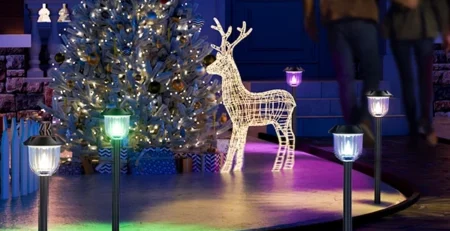
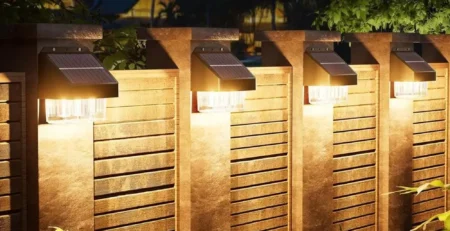

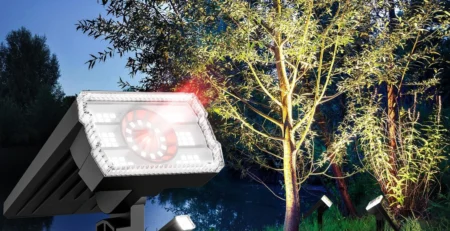
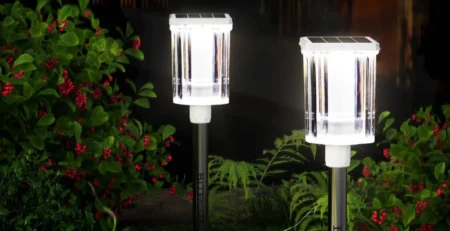
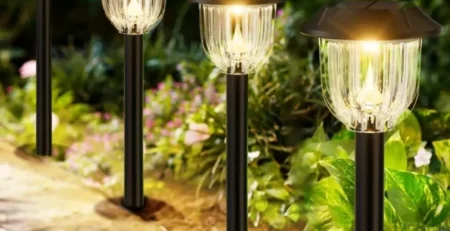

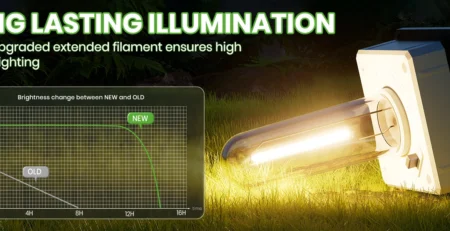

Leave a Reply